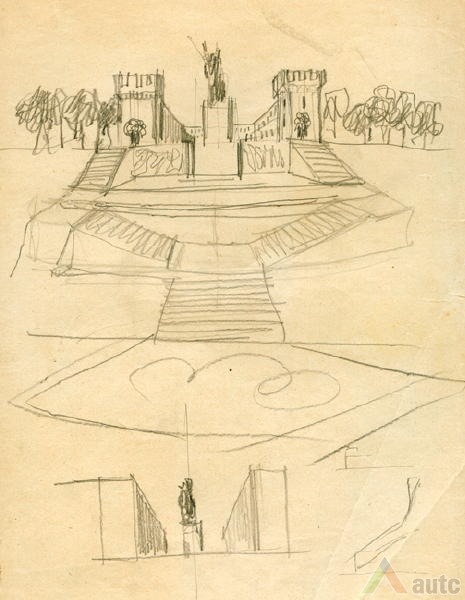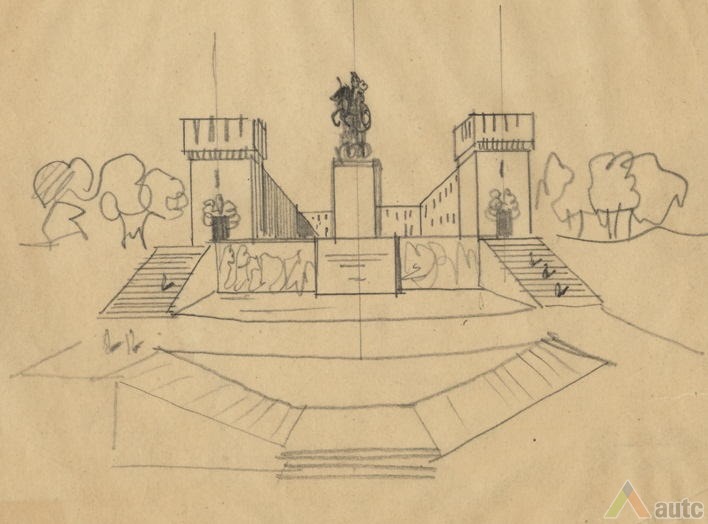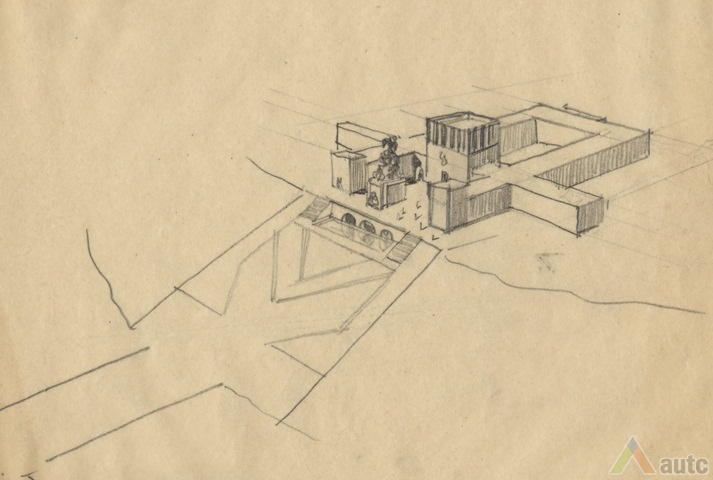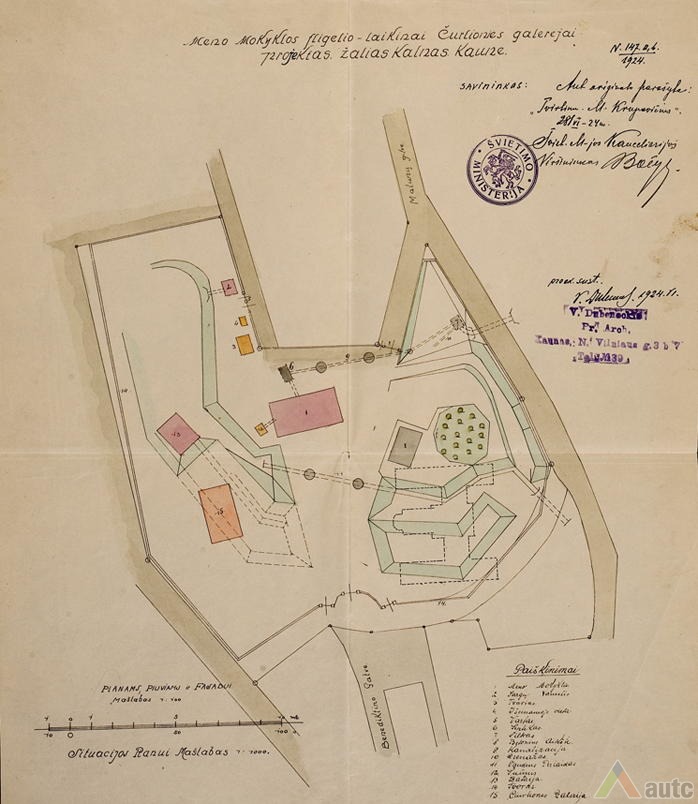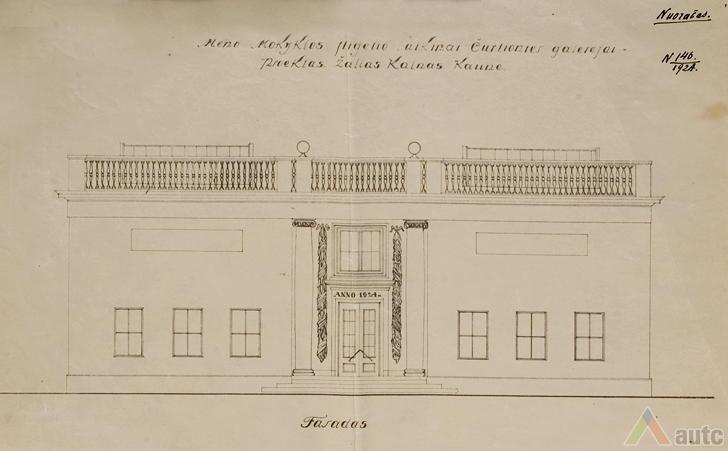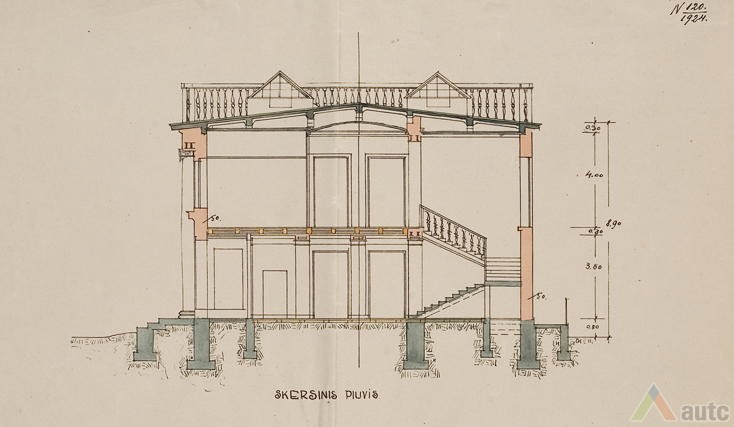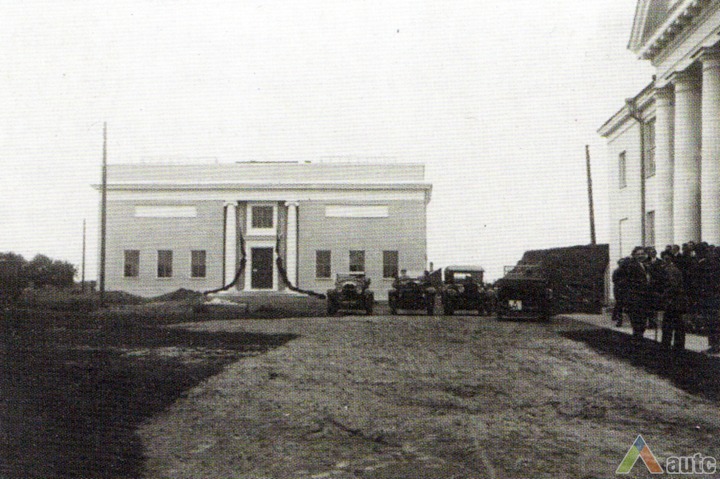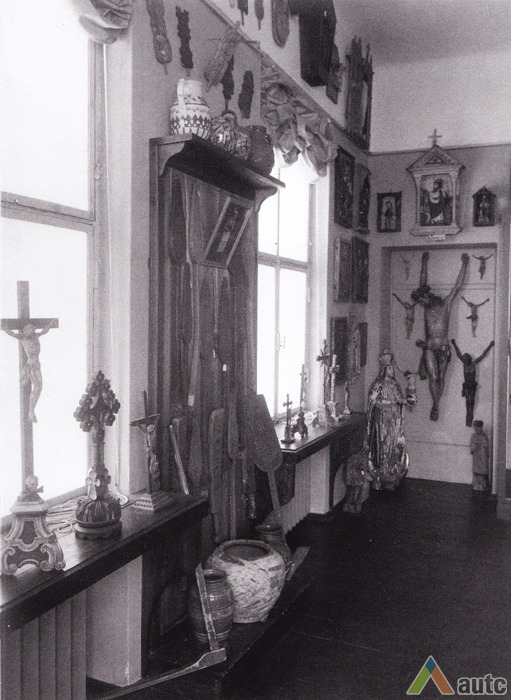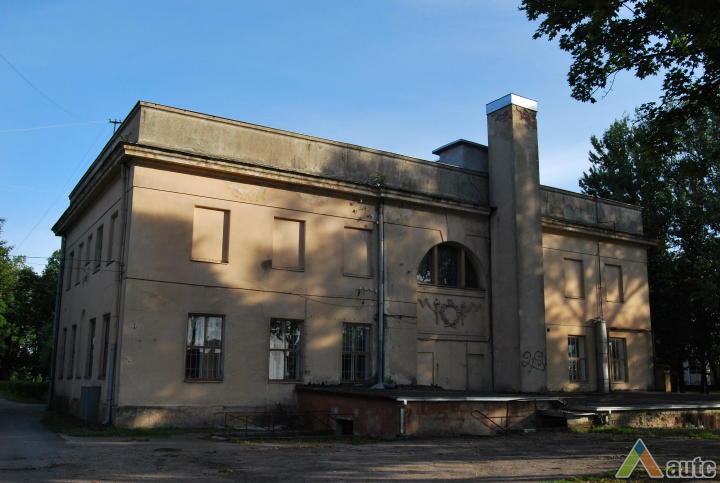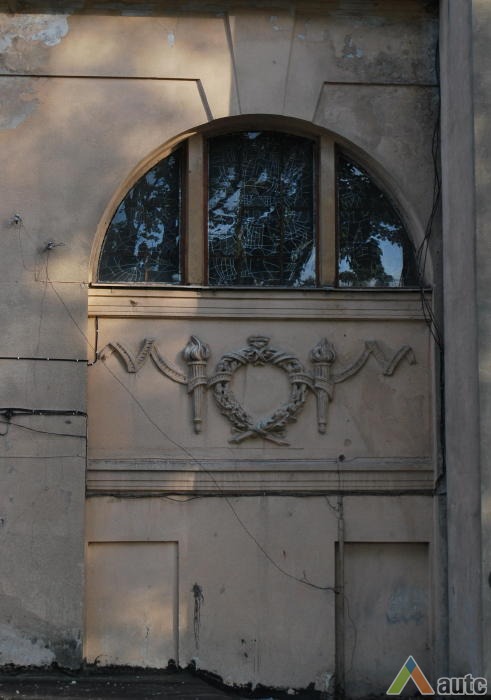

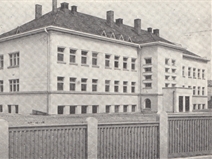
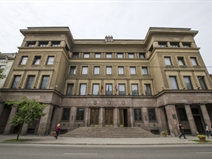
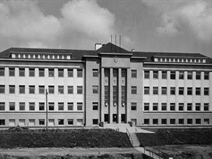

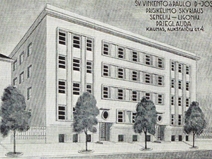
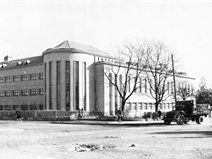
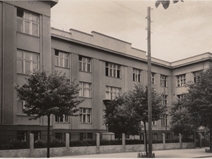
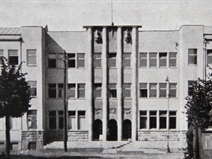
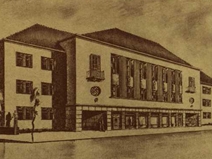

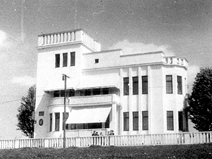

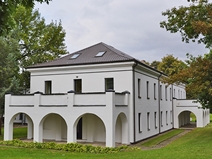

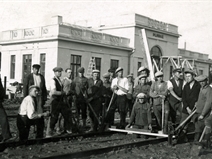
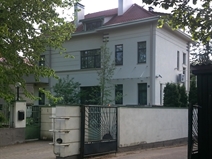
The fate of M. K. Čiurlionis collection in a certain way is an example of how Lithuanian cultural and art world of that time tried to find balance between poverty and civic awareness. Although at that time cultural pages in the press screamed that “a museum is an educational institution which promotes a nation’s self-awareness and dignity”, at the same time museum-related activities in the newly established state were significantly constrained by the lack of finances, which manifested itself in the most banal, yet the most painful way – lack of facilities. Hence, even though M. K. Čiurlionis gallery was already officially established back in 1921, the museum only existed on the paper. According to one of the first heads of M. K. Čiurlionis gallery Ignas Šlapelis, “there was no way we could even dream about getting new facilities. Kaunas, which was the province and the stronghold of the Russian empire during the war and now all of a sudden became the temporary capital of the Republic of Lithuania, was packed with ministries and different institutions.”
Thus, the artist’s works not only could not be displayed, but were also kept under dangerous circumstances: “It has been three years since these art works are stored in this cold and wet room, which no one takes care of”. The condition of M. K. Čiurlionis works was also pathetic – active discussions regarding the establishment of People’s Museum, which was to be built around Čiurlionis’s works under the initiative of P. Galaunė, clearly indicated that the nation needed an object of that purpose. After long considerations regarding institution’s location and name, “in 1924 the project received 19,000 litas from the government, as well as bricks left over after tearing down one of the Russian forts (IX battery) on Ąžuolas hill, which were used to start the construction of M. K. Čiurlionis gallery. On 24-29 September 1925 the still-under-construction gallery housed an exhibition of Čiurlionis’s works in commemoration of his 50th birth anniversary. The construction of the gallery was completed only in 1926, costing in total 255,932 litas”. Therefore, until the opening of Vytautas the Great Museum, the gallery became the “central Lithuanian art and culture museum”.
Several projects were prepared. Originally the idea was to base the building on imposing architecture which would have allowed to express the “romantic concept of the art museum as the nation’s cultural shrine: the facade was to be crowned by a superstructure resembling kings’ crowns painted by Čiurlionis; in front of the main entrance there was a monumental version of Petras Rimša’s composition “Skausmas” (Pain)”. However, ultimately the gallery turned out to be a lot simpler, resembling somewhat the simple modernist shapes.
Vaidas Petrulis


